Categories
Reviews / Testimonials
Social Media
We are often asked for advice by beginners in the pistol shooting game. And while many ask, very few listen, or so it seems. Our sport has a very high rate of attrition, due in part to the fact that it just plain isn’t easy. But it’s also due to starting with equipment that doesn’t allow the novice to develop basic skills. No apparent improvement in performance being likely the shooter ends up disgruntled and quits the sport for good.The following is a list of FAQs for beginner target pistol shooters. Overseas readers please remember that our laws only allow for the ownership of handguns for the purpose of legitimate target shooting.
What gear do I need to start shooting pistols?
- Hearing protection. Ear muffs are best. Buy a good pair that are comfortable. People with sensitive ears should also think about plugs under the muffs.
- Eye protection. You MUST wear some form of protection on the range. For a start safety glasses are fine. Try to get some that are optically correct (distortion-free). Yellow tinted lenses can be helpful for night shooting.
- Enclosed footwear. Don’t turn up wearing sandals or thongs, you will not be allowed to shoot. Shells are very hot and burn mightily when ejected from a semi auto. The last thing the range officer needs is somebody hopping around with a hot foot in one hand and a loaded gun in the other. For this reason, ladies, don’t wear a top that’s likely to let a hot shell get lodged down the front.
- Most clubs ask that you supply your own bulldog clips to hold the target on the backing board. I’d suggest taking more than four the first few times, they’re prone to get shot when you’re learning the basics.
“Why shouldn’t I start with a centrefire?”
Many clubs have a specific rule that the first gun should be no larger than 22 calibre. There are several good reasons for this:
- A 22 semi auto allows the shooter to participate in many different matches. It allows the shooter to become familiar with the different events and gives him/her a better idea of what type of shooting he/she will end up doing.
- There is no need to reload ammunition. This keeps the cost down and also allows the new shooter to learn to shoot without worrying about whether the accuracy of their loads is a factor.
- Even with stringent safety training most existing club members feel happier to see a shooter become competent with safe handling of firearms before moving to the larger calibres.
- Skill deveolpment. This is the clincher for me. No matter how much the new shooter says he/she is not competition-driven, the fact remains that if after some months they are still shooting the same shotgun patterns that they started with, they will inevitably lose interest. The most important skill to learn in pistol shooting is trigger control. Learning to squeeze the trigger while not upsetting the pistol means you must get some feedback through the sights if you are to pick up the snatching or pulling phases we all go through. The more recoil, the less likely you will see anything. Air pistols are THE BEST tools for learning shooting skills, as the complete lack of recoil means you see the sights go WHOOPS as the shot breaks. A rimfire does recoil, but not to the extent of the bigger calibres.
What is the best pistol to start with?
Adjustable sights are a must. Preferably click-adjustable. It should be inherently accurate and reliable. Adjustable trigger not quite so important in a first gun, as long as it isn’t too heavy or inconsistent. Pistols like the Browning Buckmark, Ruger Mk 2 and High Standard are ideal, but the differing feel or balance makes it important to try them first to see which suits the individual. Never buy the first gun you see, and wherever possible shoot them first. Most experienced shooters don’t mind letting a novice try their gun, they all know the importance of choosing the right model.If you know you are staying with ISSF events it may be a good idea to look for a second hand standard gun, maybe a Walther, Hammerli, Unique or Domino. It is doubly important to shoot these first; you must check reliability, and also each brand has a differing bore line, weight distribution and type of trigger, and this is very much a personal thing.
What sort of ammo should I use?
Target ammunition is standard or low velocity. In general 22LR ammunition will give tighter groups in standard velocity than high velocity. Also, many brands of European target pistols are not designed to take the hammering of the faster stuff.Some brands of American handguns will give feeding problems with low or standard velocity ammo. This is because “plinker” ammunition in the States is generally high velocity. Slide springs are sometimes designed to cycle plinker ammo; standard does not have the energy to force the slide back far enough to either fully eject the old round or pick up the new one. In these cases you may have no option but to use high velocity. Bear in mind some clubs do not allow the use of this ammo; if this is the case don’t buy a pistol that needs it.
Why do I use 22 Long Rifle ammunition? Shouldn’t it be called 22 Pistol?
22 Long Rifle or 22LR is the cartridge designation of the calibre. It does not mean it can only be shot in rifles.
Will I need a spotting scope?
Not at first. Scopes are great for checking the fall of shot after you have mentally called (or predicted) the area on the target it should have hit. It will take a little time to learn the skills needed to do this successfully. Never get into the habit of taking a shot and pulling out of follow through quickly so you can see where it went in the scope. The scope is a means of checking technique, not score. If you let the score drive you, technique will lose out and you will not improve.
What’s the best type of pistol to buy as a first centrefire?
Most people go for a 38 Special or 357 Magnum double action revolver. These calibres are identical in bore size (despite the names); the 357 Mag has a case about 3mm longer than the 38 Spl. You can fire 38 Spl in a 357 but not vice versa.For ISSF shooters the Smith & Wesson K frame revolvers are great (Models 14 and 65 in 38 Spl or 19 and 66 in 357). For those who want to mix in some Service Match the 586 or 686 L frame Smiths (357) are a very good compromise. They are heavier than the K frame and more robust if you want to shoot some of the yippee matches using big loads.Smiths are the most popular because they are relatively easy for a gunsmith to work the trigger. They are also extremely accurate. Target loads using 148 grain hollow based wadcutter projectiles at very low speeds (around 700-750 fps) will give x-ring accuracy out of any of these models at 25 metres.
Aren’t they more accurate if they go faster?
No. In most cases the most accurate load is not the fastest. I’ve only ever owned one pistol that liked to be pushed quickly, and luckily it was a silhouette pistol, so the extra energy was an advantage (to knock over steel targets). Heavy recoil may seem macho, but is very difficult to handle over a sixty shot match. Not only is the pistol’s accuracy diminished, the shooter’s skills will get knocked around as well. It might even develop a nasty flinch.
If you have any additional questions please email us and we will do our best to answer. And possibly add it to this page.
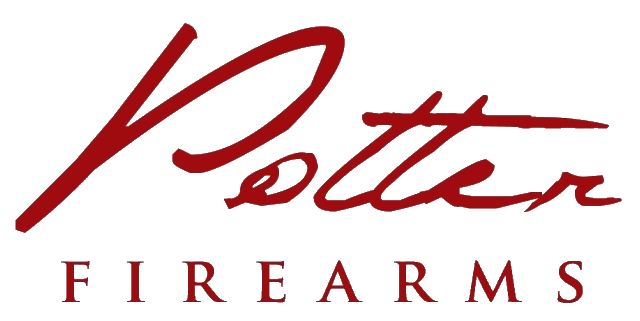
 Steyr
Steyr Air Pistols
Air Pistols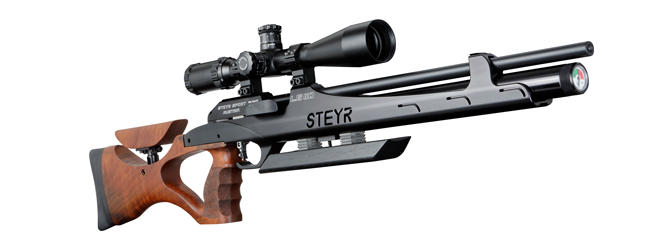 Air Rifles
Air Rifles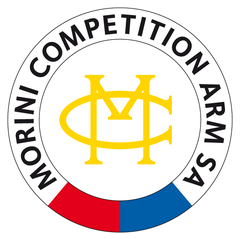 Morini
Morini 50m Pistol
50m Pistol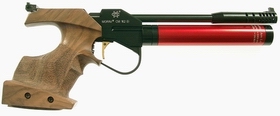 Air Pistols
Air Pistols FEINWERKBAU
FEINWERKBAU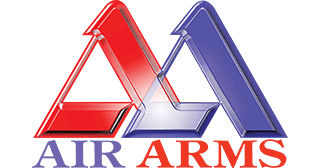 Air Arms Air Rifles – You and Air Arms — A Winning Combination
Air Arms Air Rifles – You and Air Arms — A Winning Combination RINK CUSTOM MADE GRIPS
RINK CUSTOM MADE GRIPS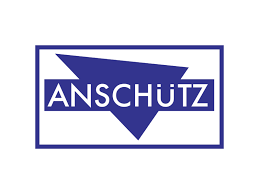 Anschutz
Anschutz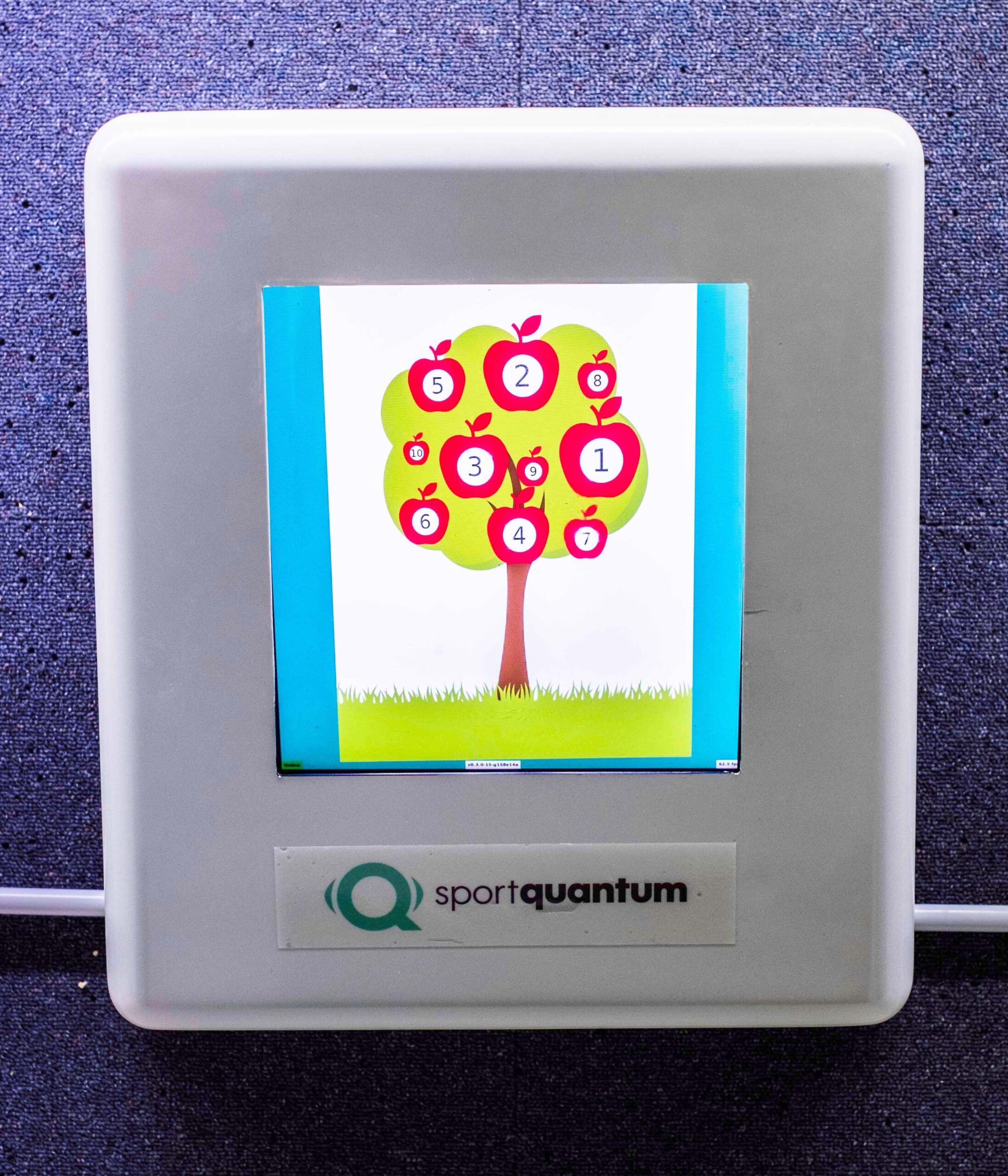 Sport Quantum Target Systems
Sport Quantum Target Systems